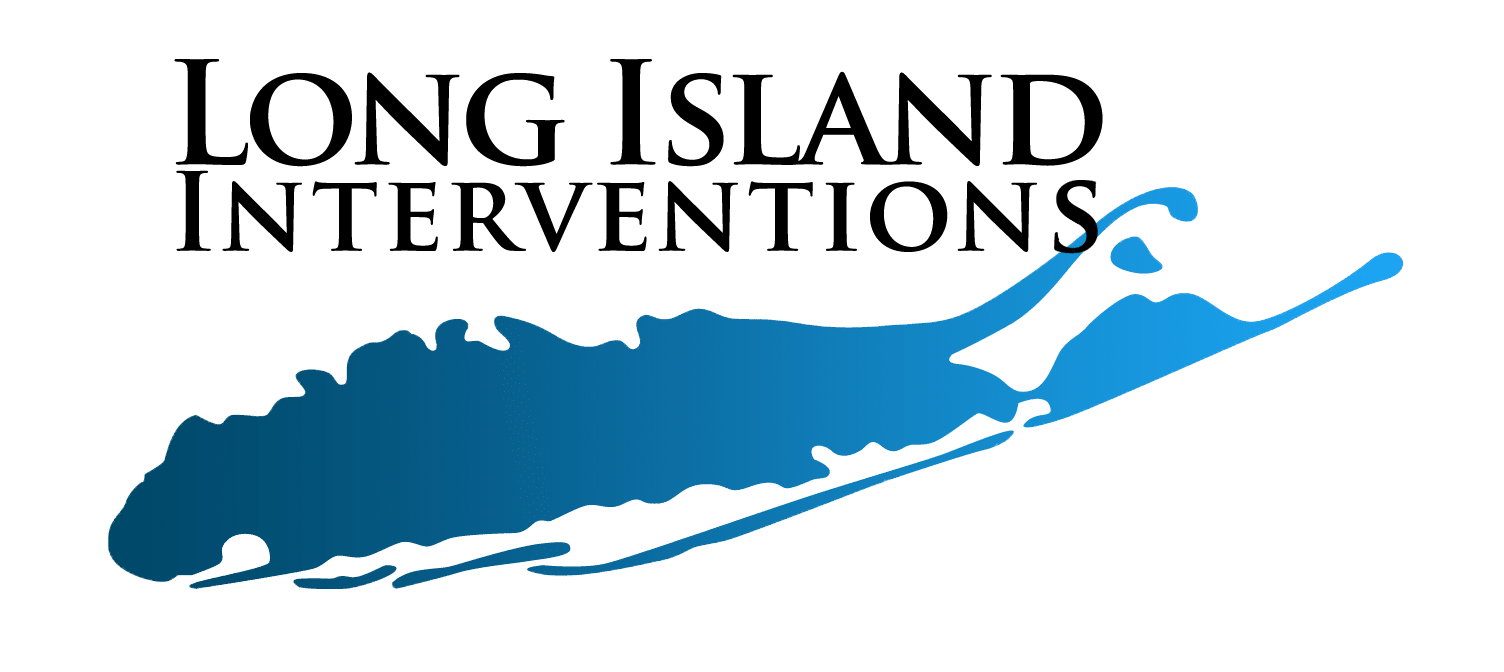According to the National Institute on Drug Abuse, addiction is defined as a persistent and recurring condition, characterized by uncontrollable drug seeking and usage, even in the face of unfavorable outcomes.
It leads to several issues, including financial difficulties, strained relationships, and physical and psychological health problems. If left untreated, it can also lead to death.

Drug addiction treatment can involve a combination of different approaches like medical care, therapy, counseling, and support groups. Treatment programs are personalized depending on the individual’s case and specific needs.
In this article, we’ll look into the different types of inpatient and outpatient treatment programs and their benefits. We’ll also learn how various therapy methods can help the individual, their families, and the community.
Table of Contents
Types of Drug Addiction Treatment Programs
Choosing a treatment program can be vital to a patient’s recovery. It’s best to approach and consult a healthcare provider to decide the program that suits a patient’s needs.
Inpatient Treatment
Inpatient treatment provides 24/7 supervision and medical treatments for an individual who needs intensive care and support. It includes medical treatment for detoxification and other medical and psychiatric emergencies.
This type of program is best suited for severe overdose cases and those with a history of unsuccessful recovery attempts.
The benefits of this program include round-the-clock monitoring and care in a structured environment free from triggers. Further, multiple staff address different aspects of the individual’s treatment plan.
Outpatient Treatment
Outpatient treatments involve attending counseling for less than 9 hours per week. These sessions are held once or twice weekly.
They could be individual, group, or family sessions. The treatment plans under this program can range from methadone maintenance treatments to drug-free methods.
People who need this type of treatment usually come from inpatient programs and may need ongoing support. They benefit from this program as they can still function as part of society while receiving treatment.
Residential Treatment
Residential treatment is a long-term inpatient treatment lasting several months to a year or more. With this program, individuals are checked into a facility where they get round-the-clock supervision.
This suits those with severe substance abuse problems and those lacking support or motivation to quit.
Individuals undergoing residential treatment benefit from it since their focus is recovery and developing new skills. They also have access to a wide range of support and counseling services.
Partial Hospitalization Programs
PHPs can be considered as a combination between inpatient and outpatient programs. The individual has treatment structures during the day, which can total up to 20 hours, for at least five days weekly.
This is suitable for individuals who need continued treatment but cannot fully commit to full-time inpatient treatments.
With this program, individuals can maintain a life outside of the facility and can have the support they need to transition back into society.
Intensive Outpatient Programs
Intensive outpatient treatment sessions go from 3–8 hours daily and 5–7 days weekly. This type of program is suitable for those transitioning from inpatient treatment settings.
This program includes therapy sessions and support services to help individuals adjust to society. This benefits those who would like to receive intensive treatment while living in the comfort of their own homes.
Evidence-Based Drug Addiction Therapies
Effective drug-addiction treatment can be challenging and complex. However, there are evidence-based drug addiction therapies that were proven to show positive outcomes and result in long-term recovery.
Cognitive Behavioral Therapy (CBT)
CBT is a form of therapy that focuses on changing an individual’s behaviors and thoughts connected to substance use problems. It includes different intervention measures to help people deal with their addiction.
Studies show that CBT is more effective when combined with medication.
Dialectical Behavioral Therapy (DBT)
DBT is the method more commonly used for individuals who are dealing with substance addiction and mental health conditions. These conditions may include major depressive disorder or borderline personality disorder.
It helps the individual focus on facing and regulating their emotions, which can lead to lessened substance use.
Motivational Interviewing (MI)
Motivational interviewing is a therapy method used to help individuals focus on working towards sobriety. This method allows individuals to identify their reasons and motivations to create positive changes.
Contingency Management (CM)
The contingency management method comes with positive reinforcement or rewards. This means that individuals undergoing this treatment are given rewards, vouchers, or prizes in exchange for positive behaviors.
12-Step Facilitation Therapy
Alcoholics Anonymous originally developed the 12-step program to help people overcome addiction.
As the name suggests, it has 12 steps where people support each other and work together. The program aims for people to admit their substance abuse problem and give up control to get better.
Medication-Assisted Treatment for Drug Addiction
There are different medications available to help people struggling with opioid addiction. These medications are combined with therapy and counseling to support long-term recovery.
Methadone
Methadone is a medication given to those with Opioid Use Disorders (OUDs) under the supervision of a licensed individual. It helps reduce cravings and withdrawal symptoms. It can be used as part of a treatment plan that may include counseling and therapy.
Buprenorphine
Buprenorphine acts by reducing cravings and withdrawal symptoms from the use of short-acting opioids without causing drowsiness or the feeling of euphoria.
It works slowly and lasts longer in the body. This means that people who use other opioids may not need to use as much and will eventually reduce their dependence.
Naltrexone
Naltrexone is a medicine that blocks the harmful effects of opioids. However, it can only work effectively if used 7–10 days after the last use of opioids. Like other medications used for drug addiction treatments, naltrexone is administered to reduce cravings and the urge to use drugs.
Group and Individual Counseling
Admitting that you need help is the first step to recovery. It can be both overwhelming and scary. However, seeking help is already a huge accomplishment.
Aside from medications, your treatment program may include individual and group therapy sessions, depending on your needs.
Benefits of Group Counseling in Addiction Treatment
Group therapy allows individuals to be vulnerable around people going through the same treatment programs. These sessions are led by licensed therapists and are attended by multiple participants, a group of around five to 15 individuals.
Dealing with each group therapy may vary in method and approaches used. The main goal is for the members to address and work through different issues surrounding their substance abuse.
Some benefits of group therapy include:
- Provides a safe environment free from judgment.
- Encourage individuals to open up, share their experiences, and process their thoughts and emotions.
- Provides support from other people going through the same struggles.
- Exposes individuals to different viewpoints and to learn from them.
- Provides a sense of belonging and encourages people to work together toward sobriety.
- Allows the group to develop coping strategies and practice social skills.
Benefits of Individual Counseling in Addiction Treatment
Individual therapy focuses on providing a more personalized approach, by addressing specific issues related to their addiction. This type of psychotherapy allows an individual to work one-on-one with a professional, looking into coping mechanisms and solutions for total recovery.
There are many benefits to individual therapy, and some of these include:
- Figuring out the root causes of addiction.
- Teaches an individual to identify their triggers and why they happen.
- Provides a confidential and safe environment for the individual.
- Allows a tailored treatment plan for an individual’s specific needs and concerns.
- Help develop coping mechanisms to manage triggers and cravings.
Integrating Both Approaches for Comprehensive Treatment
While group and individual therapies have differences, using both can create a more effective treatment plan. Individual therapy addresses concerns and needs, which can help customize a treatment specific to an individual.
Meanwhile, group therapy can provide support through a small community and help develop social skills as individuals are re-learning how to be functional in a societal setting. Using both methods effectively can yield better results.
Family Therapy and Support
Substance addiction not only affects the person suffering from the condition, it also strains their relationships with other people, especially among family members.
In treating an individual for drug abuse, family involvement is vital to ensure support during the recovery process.
Further, experts can also address the impacts of the addiction on the family, identify the root causes, and work on improving and regaining the relationship between family members.
When family members understand the nature of addiction and the recovery process, they can better encourage and motivate their family member.
Lastly, when family members are involved in the recovery process, there are higher chances of successful long-term recovery. This is because family members can create a strong support system and a stable environment for the individual.
Techniques Used in Family Therapy
There are various methods employed in family therapy. Each approach uses different techniques based on family dynamics.
Multisystemic Therapy (MST)
This approach aims to enhance family communication and functions between family members and teens with substance use disorders. It also focuses on other factors that affect an individual’s behavior, including friend groups, schools, and the community.
MST aims to identify and address these factors and collaborate with the family to develop a treatment plan.
Systemic-Motivational Therapy
Systemic-motivational therapy combines motivational interviewing (MI) and systemic family therapy. Its goal is to identify and assess the connection between substance addiction and how it affects family life.
The expert would work with the family to have a shared understanding of the issues and develop strategies for change.
Psychoeducation
Psychoeducation involves guiding the family about addiction and the recovery process. This helps educate family members, reduce the stigma about addiction, and motivate them to support their family member.
Multidimensional Family Therapy (MDFT)
This method focuses on two things. First, it focuses on the family’s involvement in treating the individual. Secondly, it addresses other factors contributing to addiction, such as mental health issues.
Counselors would work with the family to develop a treatment plan, involving other domains in the individual lives, such as work, school, or the community.
Behavioral Couples and Family Counseling
This approach addresses the issues between the individual undergoing treatment and their intimate partner. It’s a structured method aimed to build a support structure for abstinence, achieved through positive reinforcement.
Further, it intends to improve interactions through shared activities, better communication, and enhancing affectionate behavior.
Support Systems for Family Members of Individuals with Addiction
As hard as it is for the individual undergoing treatment, family members need support during these trying times. Luckily, there are different resources available for any family member or peer of individuals with addiction.
First, family members can join support groups like Al-Anon or Nar-Anon. These are support programs that allow interaction with other families with members also undergoing treatment. They can help family members focus on themselves and make changes in their lives.
Secondly, family members may also seek individual therapy to address their own needs in a confidential setting. They can gain a better understanding of drug use and recovery, develop coping skills and be equipped to support their family member’s recovery.
Lastly, they may also seek support from their immediate community and peers who may have the same experiences. Through others, they can feel more empowered and less ashamed, which can help them become more active in their loved one’s treatment process.
Relapse Prevention and Aftercare Planning
Relapse prevention is one of the main reasons an individual would seek treatment. They may have tried to quit, but without enough support and motivation, they started using substances again.
Relapse prevention comes in multiple stages, and is essential in every step of the recovery plan.
The first stage is the abstinence stage. It involves abstaining from substance use, which can be challenging. This is because individuals may experience intense cravings and withdrawal symptoms.
Next, the post-acute withdrawal stage is characterized by the individual experiencing the emotional and physical symptoms of withdrawal. Some of these symptoms may include nausea, anxiety, irritability, and difficulty sleeping.
During this stage, individuals need to learn coping mechanisms to manage these symptoms effectively.
Then, the third stage is called the repair stage. As the name suggests, this is the part where the individual repairs his relationships with family and friends and starts living a healthy lifestyle. They’re also encouraged to join self-help groups and address any other issues in their life.
The final stage of relapse prevention is the growth stage. The main goal of this stage is to maintain sobriety. This stage is all about moving forward and continuing personal growth and development.
Individuals already in this stage are preparing themselves to become functioning members of a normal society and are learning new coping skills to manage triggers.
Conclusion
Finding the right drug addiction treatment program is vital to achieving long-term recovery. Additionally, recognizing the need to seek help and support is crucial in overcoming substance addiction.
Individuals undergoing treatment need a strong support system and motivation to help them along their recovery process. While treatment approaches may include medication-assisted treatments, therapy, outpatient programs, and counseling, methods vary per individual.
So, it’s essential to find a treatment plan suitable to an individual’s needs. Recovery is a long-term process that requires time and effort, but it’s all possible with the right help and support.

